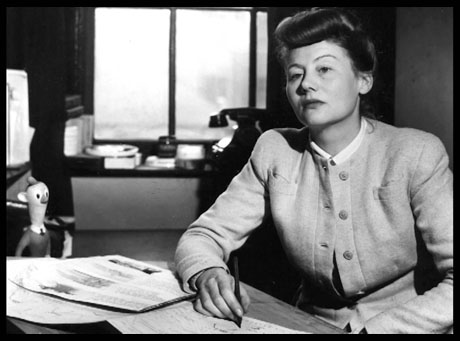
The Animation Educators Forum (AEF), a nonprofit association of teachers and scholars whose focus is the art of animated film, announce the selection of its 2023 Hall of Fame recipients. The AEF will announce a new group of recipients each January. It you wish to suggest a worthy candidate, please visit: animationeducatorsforum.org and send your suggestions to Tom Sito, administrator.

This virtual hall is dedicated to the artists and scholars whose teaching influenced the history of animation.
The Animation Educators Hall of Fame, Class of 2023:
Joy Batchelor (1914-1991) Director/Producer/Designer–Joy started in animation in 1934 and met John Halas three years later when he hired her at British Colour Cartoon Films. In 1940, they married and formed Halas and Batchelor Cartoon Films, one of Britain’s most storied studios. The two co-directed its most famous film, Animal Farm (1954), which she is also credited as scriptwriter, producer and designer. Her other credits include directing a TV version of Gilbert & Sullivan’s Ruddigore (1967). After retiring from filmmaking in 1974, she focused on teaching animation at the London Film School, whose students elected her to its Board of Governors, where she served until her death.


Corny Cole
John Culhane (1934-2015) Journalist/Historian. Former media arts editor at Newsweek, John wrote extensively about Disney animation, including books on the making of Fantasia, Aladdin and Fantasia 2000, as well as Special Effects in the Movies. He was the model for the characters Mr. Snoops in The Rescuers and Flying John in Fantasia 2000. For over four decades he pioneered the teaching of animation history at the School of Visual Arts, Mercy College, New York University and Fashion Institute of Technology.

John Culhane in “Fantasia 2000”
Bessie Mae Kelley Animator/Director—Bess started in animation in 1917, working at the major New York studios (Bray, Inkwell, Fables, etc.) and multiple regional studios. She was the first industry professional to bring the field of animation to the masses via the Chautauqua lecture and Lyceum vaudeville circuits. For several years, Bess traveled across the country with her easel and charcoals to demonstrate and educate the public on “How Animated Cartoons Are Made.”

Bessie Mae Kelley

Bill Matthews
Dan McLaughlin (1932-2016) Animator, Director, Educator, Scholar — Dan began in experimental animation with such films as God is Dog Spelled Backward (1967), animated for Sesame Street, and the titles to Where’s Poppa? (1970), In 1970, he became head of the University of California, Los Angeles Animation Workshop until his retirement in 2011. In 1971, Dan established the school’s M.F.A. Animation Program and pioneered the introduction of computer and interactive animation courses. His international travels included designing a national animation studio for the Nigerian government. In 1995 Dan was given ASIFA-Hollywood’s Winsor McCay Award.

Dan McLaughlin

Bill Moritz

Ben Washam

John Whitney Sr.

Richard Williams
ASIFA-Hollywood is the world’s foremost professional organization dedicated to promoting the Art of Animation and celebrating the people who create it. Today, ASIFA-Hollywood, the largest chapter of the international organization ASIFA (Association Internationale du Film d’Animation), supports a range of animation activities and preservation efforts through its membership. Current initiatives include the Animation Archive, Animation Aid Foundation, Animation Educators Forum, animated film preservation, animation open source support, special events, screenings and of course, the annual Annie Awards.
- Global Icons and Fleischer Studios Announce New Brand Collaborations for Animated Icon Betty Boop - April 10, 2024
- Cartoon Network Launches Digital Experience For It’s Staircase - April 8, 2024
- Netflix “That Christmas” Announces Cast - March 20, 2024


 January 31st, 2023
January 31st, 2023  Jerry Beck
Jerry Beck  Posted in
Posted in  Tags:
Tags: 






